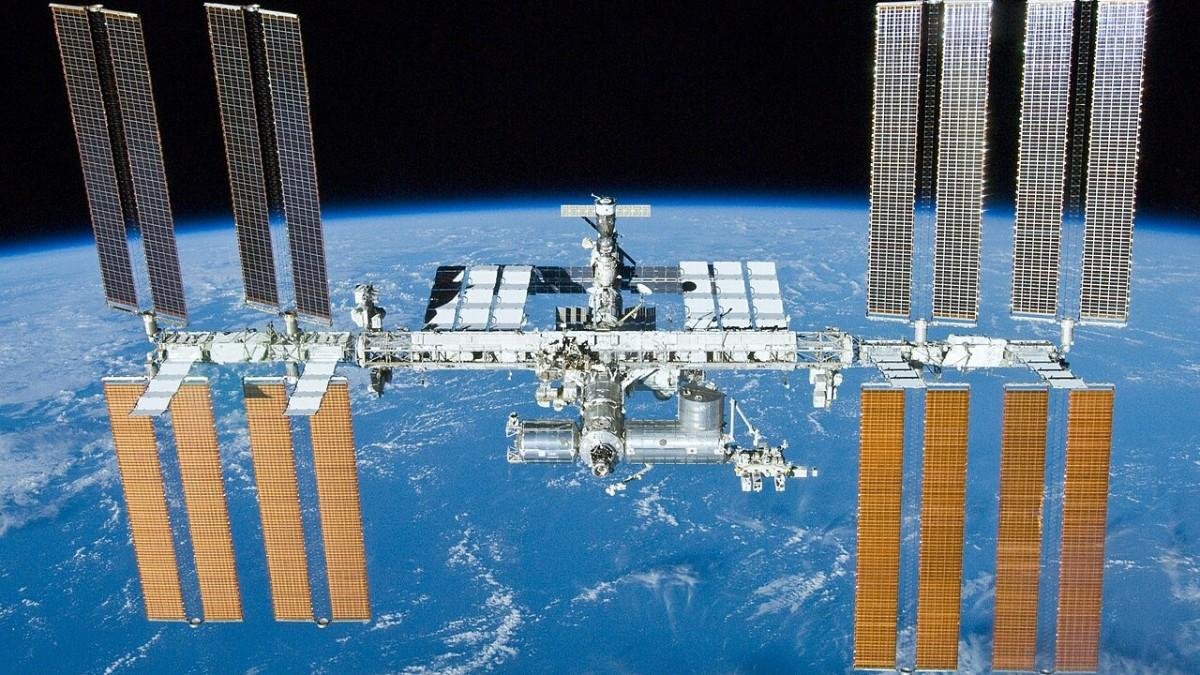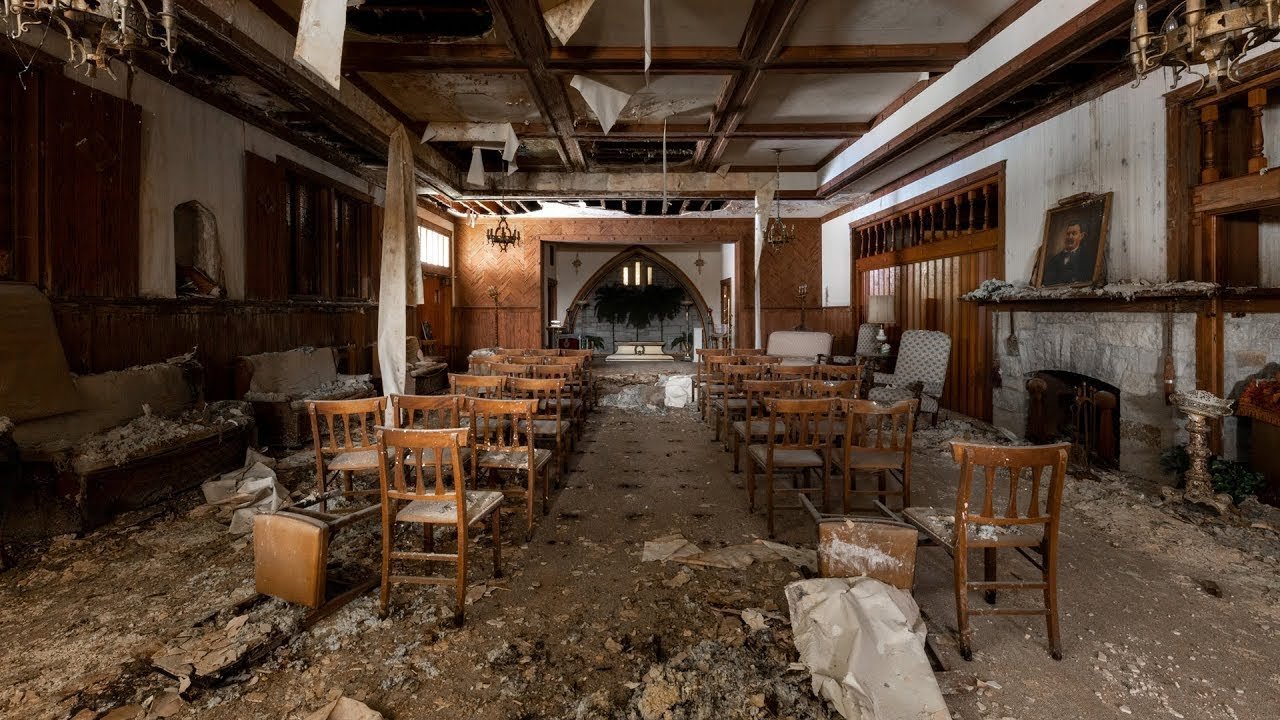Error code 526 can really throw a wrench in your day, can’t it? It’s that pesky little problem that pops up when your SSL certificate validation has decided to play hide-and-seek. But fear not! Let’s unravel this mystery together and get your secure connection back on track with ease.

Key Takeaways:
- Understanding Error 526: It highlights a failure in SSL certificate validation, mostly seen on Cloudflare.
- Common Causes: This error can arise from incorrect SSL settings, expired certificates, or connectivity issues.
- Resolution Steps: By checking your certificate, revising your Cloudflare settings, or reaching out to your hosting provider, you can fix this issue.
What is Error Code 526?
You know that feeling when you’re all set for a party, music’s playing, snacks are ready, and suddenly, the doorbell doesn’t ring? That’s what Error Code 526 feels like when you’re trying to access your site. Essentially, it signals that there’s a hiccup during the SSL certificate validation process between your server and Cloudflare. In a world where everything’s supposed to be connected and secure, spotting this error can feel like trying to find a black cat in a dark room.

Common Causes of Error 526

- Expired SSL Certificate: If your certificate’s expired, it’s like showing up to a party without an invitation!
- Misconfigured SSL Settings: Think of this as trying to fit a square peg in a round hole, and it just doesn’t work.
- Server Issues: Sometimes, the server itself might have connection problems; it’s like a traffic jam on the way to your favorite snack shop.
How to Identify SSL Issues
Identifying SSL issues can feel like playing detective. I usually start by checking the SSL certificate details. Just head to your website and click on the padlock in the URL bar. If it’s green and shiny, you’re good to go! If not, you might see some red flags waving. Those flags can help you pinpoint whether your SSL is expired, self-signed, or just plain missing. Believe me, it’s worth it to take a moment to be thorough—like ensuring you have all the ingredients before whipping up your favorite recipe!
Steps to Fix Error Code 526
Now that we’ve identified the gremlins causing the error, let’s roll up our sleeves and fix things!

- Check Your SSL Certificate: As I mentioned, make sure it’s up to date. If you’re unsure, a quick visit to an SSL checker tool can reveal its status in a jiffy!
- Cloudflare Configuration Settings: This is where you’d want to ensure that ‘Full’ or ‘Full (strict)’ mode is active—otherwise, you could end up with more questions than answers.
- Contact Hosting Provider: If all else fails, get in touch with your hosting provider. They can help sort through the chaos like a superhero with a trusty sidekick.
Checking Your SSL Certificate
Okay, so let’s talk SSL certificates for a hot second. They’re like the ID card for your website, proving to users that you’re legit. You can easily check if it’s working by going online and using an SSL checker tool. If your certificate has expired, it’ll be like finding out your favorite snack has been discontinued—major bummer! So, make sure to renew it if necessary.

Cloudflare Configuration Settings
When it comes to Cloudflare settings, picture this: setting up your home Wi-Fi. You’ve gotta ensure everything’s configured just right! Check the SSL/TLS settings on your Cloudflare dashboard. If you see that your encryption mode isn’t set to ‘Full’ or ‘Full (strict),’ you might have just discovered the villain of our story! Switching it can help establish that secure connection between Cloudflare and your server.
Contacting Your Hosting Provider
Sometimes, things get tangled up, and you need a little extra help. Your hosting provider is kinda like that trusty friend who always knows where to find the best pizza place. Reach out to them if you’re still encountering problems. They can see all the nitty-gritty details of your server that you might not access, helping to clear up the confusion faster than you can say “Error 526!”
Preventing Future Error Code 526
Now that we’ve got everything sorted, it’s time to put up some preventative measures! A fine approach would be setting reminders on your calendar to check on your SSL certificates regularly. Just like you wouldn’t let your car run out of gas, keep your website secure and running smoothly. Make it a habit to regularly log into Cloudflare to monitor settings and changes. Trust me; it’s worth it!
Conclusion
So, there you have it! Error Code 526 doesn’t have to be the end of the world. With a little digging and some help from trusted sources, you can tackle this issue with confidence. Remember, like a well-constructed house, a secure website relies on a solid foundation of SSL certificates and properly configured settings, making it a fortress against the trolls of the internet. If all else fails, don’t hesitate to call in the experts. Now, let’s keep that virtual party going and ensure we stay securely connected!
Thanks for walking through this with me! Here’s to seamless browsing ahead!






















